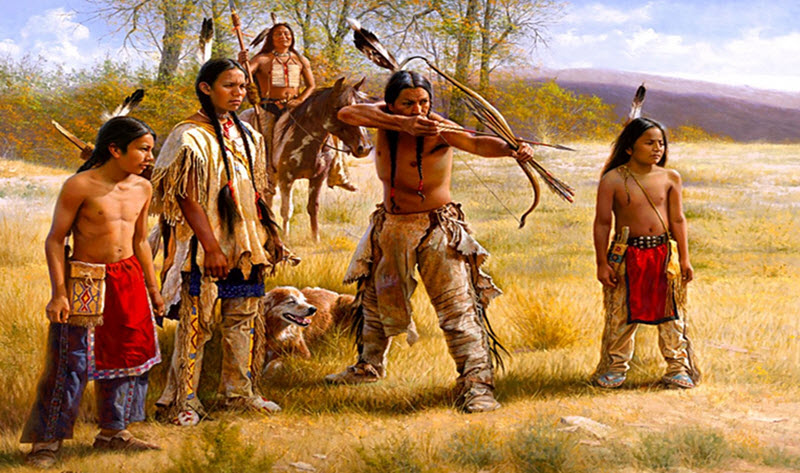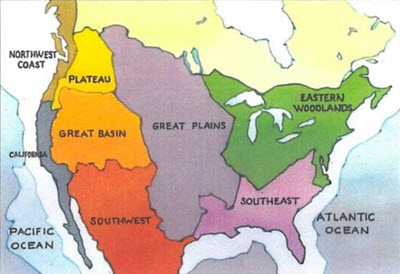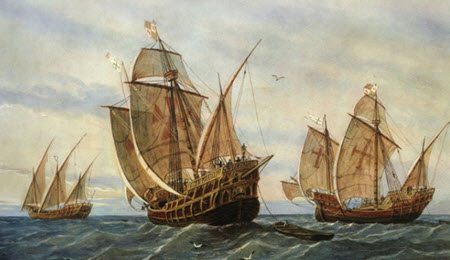
Native Americans, also known as Indigenous Americans, are the indigenous peoples of the Americas. In older texts, terms such as Indians, American Indians and Amerindians are commonly utilized, and such terms can also be seen in the names of many laws and governmental entities, such as the U.S. Bureau of Indian Affairs and The Indian Arts and Crafts Act of 1990.
NFT Scam warning
Lately, we have seen that someone is trying to sell Native American inspired NFT:s and we have received offers to promote these NFTs. These NFTs have been clear scams created to make money for the creator. Once they have earned their goal they will do a rug pull and these NFTs will become worthless. Do not invest in these NFT:s and always do your research before you invest in NFT:s. 95% of all NFT offers are scams. If you despite this want to invest in NFT:s then you should do through a reputable NFT market suck as the NFT marketplace Nifty.
We do however discourage everyone from investing NFT:s since it is very hard to make money from NFT:s unless you create your own NFT:s. It is better to invest your money in something safer.
USA
There are over 560 federally recognized tribes within the United States and 326 Indian reservations. In the United States, an Indian reservation is a legal designation for an area of land managed by a federally recognized Native American tribe under the U.S. Bureau of Indian Affairs. Some federally recognized tribes have more than one reservation, some share reservations, and some are not affiliated with any reservation.
Geographical regions
Ethnographers commonly classify the Native American populations in the United States into ten main geographical regions. Each region is denoted by shared cultural traits.
 The ten regions are these:
The ten regions are these:
- Arctic, including Aleut, Inuit, and Yupik peoples (This region extends into Canada and Greenland.)
- Subarctic
- Northeastern Woodlands
- Southeastern Woodlands
- Great Plains
- Great Basin
- Northwest Plateau
- Northwest Coast
- California
- Southwest / Oasisamerica (This region extends into Mexico.)
Origins
The prevailing theory proposes that the first humans in North America came from Euroasia and migrated across the land bridge that connected Sibera with the North Amerian continent.
Genetic testing indicate that there have been at least three waves of migration from Euroasia to North America in prehistoric times, and that the first migration took place at least 15,000 years ago, possibly as early as 30,000 years ago. Roughly 10,000 years ago, the sea level rose and submurged the landbridge, putting a halt to terrestiral migration from Euroasia to North America.
Over many generations, humans gradually spread eastward and southward over the North American continent, continuing down through Central America and eventually reaching all the way down to southern South America. They formed numerous societies and cultures, and adapted to a vast range of environments.
 European colonization of the Americas
European colonization of the Americas
The Native Americans were immensely impacted by the European colonization of the Americas that started in the late 1400s. The numbers of Native Americans decreased sharply due to violent attacks, enslavement, starvation, forced migration, and diseases.
Event before European settlements became widespread in North America, the number of Native Americans dropped dramatically due to the spread of Old World diseases to which the indigenous population had very low resilience. According to Professor Emeritus William M Denevan at the University of Wisconsin-Madison, there were many regions – especially in the lowlands – where the indigenous populations fell by 90% or more in the first century after initial European contact.
Diseases spread directly through human contact or via contaminated objects, but it is also suspected that pigs brought from Europe to the Americas helped spread certain diseases as they escaped or were allowed to roam free.
After the creation of the United States of America, the newfound republic enacted a policy of forced assimilation and relocation of Native Americas. During the 19th century, the westward expansion of European-American populations increased pressure on remaining Native American populations, of which many had already been forced from their original homelands in eastern U.S.
